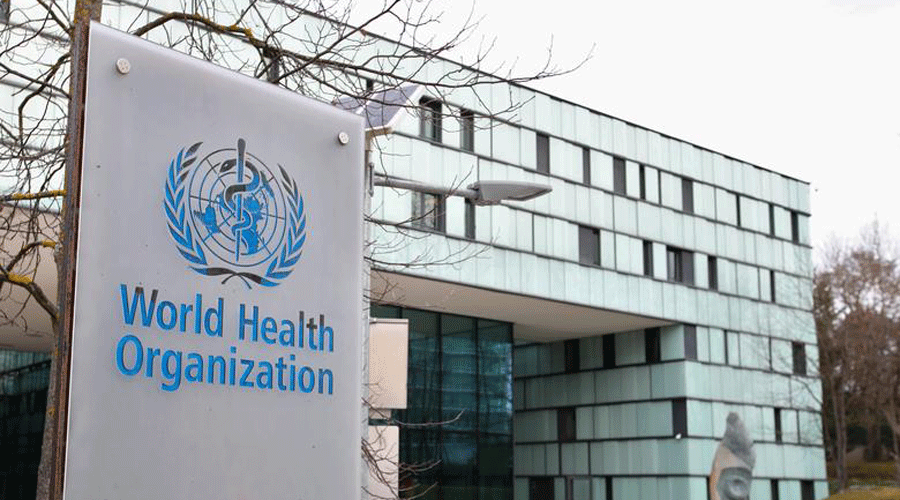As Omicron BA.2 is leading to an unprecedented level of Covid infections globally, the World Health Organisation (WHO) said there are certain ‘misinformations’ brewing around the virus that is causing a lot of confusion among people. The warning comes as new infections jumped by 8% globally last week, compared to the previous week.
Earlier this week, WHO’s Maria Van Kerkhove pointed out that we have huge amounts of misinformation that's out there. The misinformation that Omicron is mild. Misinformation that the pandemic is over. Misinformation that this is the last variant that we will have to deal with. This is really causing a lot of confusion.
Meanwhile, noting that the virus has not ‘settled down’ into a purely seasonal or predictable pattern yet, WHO's Mike Ryan, “it’s moving around easily and in the context of waning immunity and vaccines not acting perfectly against infection, the virus will likely continue to echo around the world."
“It will be high in some parts sometimes and then move and be higher again, it will move to another area where immunity is waning. The virus will pick up pockets of susceptibility, and we will survive on those pockets for months until another pocket opens.
“This is how viruses work. They establish themselves in a community and they will move quickly to the next community that’s unprotected."
In its weekly report on the pandemic, WHO said there were more than 11 million new COVID-19 infections last week - about an 8% rise - and 43,000 new deaths. The number of COVID-19 deaths globally has been dropping for the past three weeks.
The biggest increase in cases were seen in the Western Pacific and Africa, where infections rose by 29% and 12% respectively. Elsewhere, cases dropped by more than 20% in the Middle East, Southeast Asia and the Americas. In Europe, cases inched up by about 2%.











